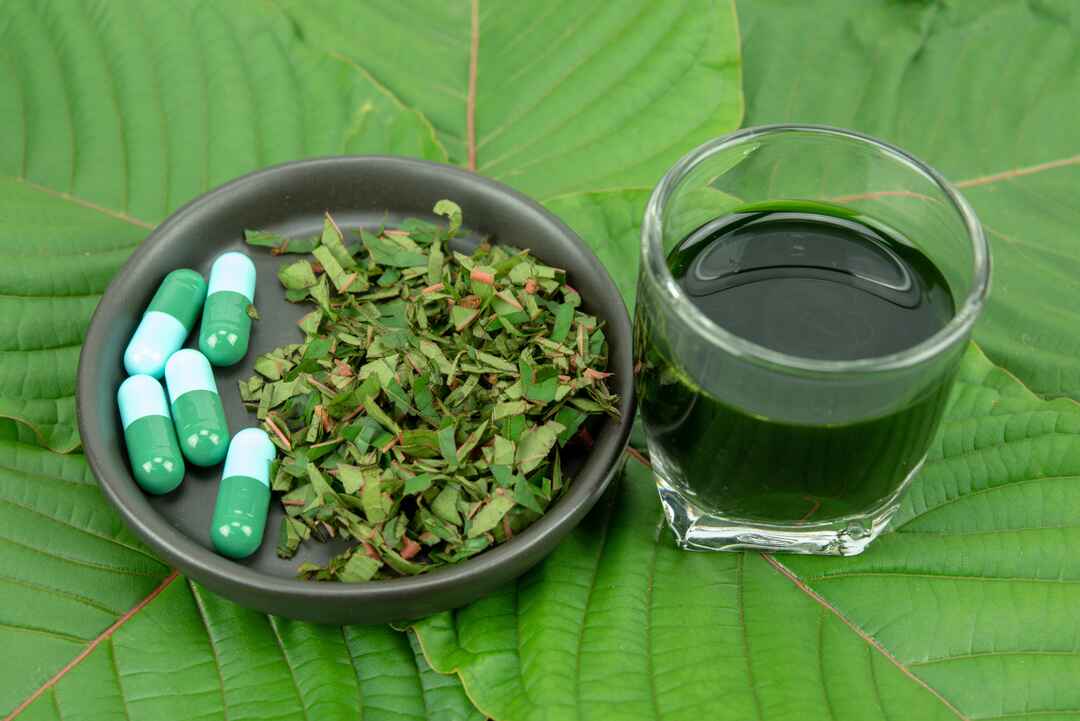
Kratom Use Linked in Overdose Deaths: The Latest CDC Report
Described by many as a natural supplement, kratom and its usage has come under fire for the last several years—and for good reason. The latest report from the Centers for Disease Control and Prevention (CDC) revealed that more deaths have been associated with kratom use than previously thought.
The report, which analyzed accidental drug overdoses across the United States over an 18-month period, found that kratom was listed as a cause of death in 91 instances. Of the total 27,000 cases that were analyzed, 152 individuals were found to have kratom in their system at their time of death.
In the CDC analysis, kratom was often used alongside other drugs, such as heroin and cocaine, and in those cases where kratom was listed as the only cause of death, the presence of other drugs could not be completely ruled out.
However, this uptick in associated overdoses has officials on high alert. The Food and Drug Administration (FDA) has also discovered through testing that kratom substances can contain heavy metals. In testing 30 kratom products, the agency found “significant levels of lead and nickel,” which, when associated with long-term consumption, can lead to a variety of serious health conditions.
Because kratom is considered a supplement and is technically legal, the FDA can only issue public warnings against its use. A ban on kratom has been implemented in a handful of states, though it remains federally legal.
With the American Kratom Association reporting that between 3 and 5 million Americans are kratom users, the question of its legality and risks is now at center stage.
What Is Kratom? The History of the Controversial Substance
Native to Southeast Asia, kratom is derived from a tropical tree, whose leaves produce psychotropic effects that can be intense. Kratom can be consumed in a variety of different ways, including in the form of a capsule or extract. Another common method of kratom consumption is through chewing the leaves themselves, or brewing the powdered leaves into a tea.
The National Institute on Drug Abuse (NIDA) states that kratom is not currently illegal, and that it has historically been very easy for Americans to obtain on the internet.
In most cases, kratom is used to treat pain, with some even touting the remedy as a “natural” alternative to opioid use. While kratom is not an opioid, its effects are similar to those of opioid drugs.
What Are the Effects of Kratom Use?
Poison Control Centers in the United States have fielded higher numbers of calls associated with kratom use in recent years, according to reports by Clinical Toxicology. The number of calls skyrocketed from 13 in 2011 to 682 in 2017.
The effects of kratom use depend upon the amount of kratom that was consumed. In low doses, this can mean increased energy, decreased appetite, and a feeling of heightened alertness. In high doses, the substance can induce a “dreamy” state, with feelings of euphoria and pain reduction reported.
Kratom consumption can lead to itchiness, tremors, rapid heartbeat, and profuse sweating—similar effects to those of other drugs.
What Does a Kratom Overdose Look Like?
As kratom is unregulated, it is difficult to ascertain what dosage or conditions might lead to an overdose. With reports of heavy metals being present within kratom products, the risk increases dramatically.
A kratom overdose could include such symptoms as nausea, agitation, drowsiness, and high blood pressure. The unpredictability of a person’s reaction to the substance has driven the dramatic increase in calls to Poison Control—largely due to the fact that kratom use is still relatively unresearched when compared with other substances in the US.
Although it has been promoted as a natural substance, kratom use poses significant risks and should be regarded with extreme caution as officials continue to research both its long-term effects and its rising potential for overdose.